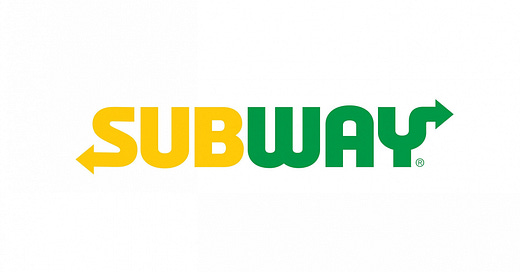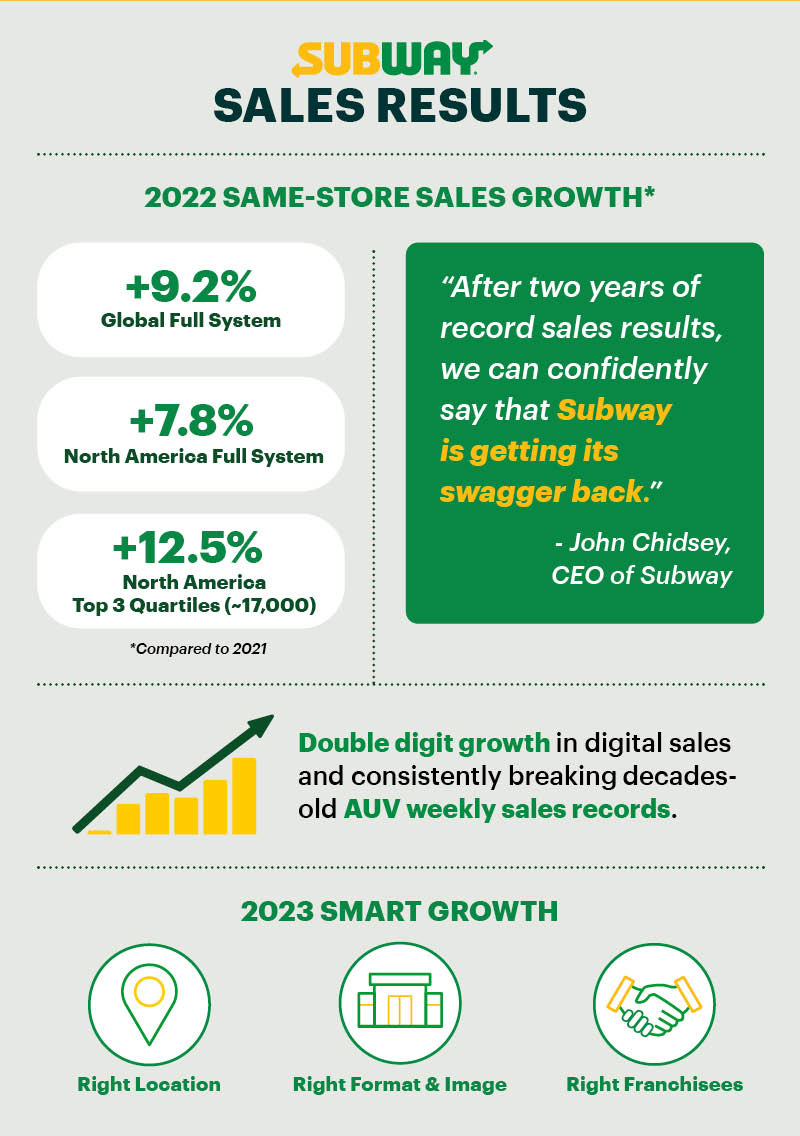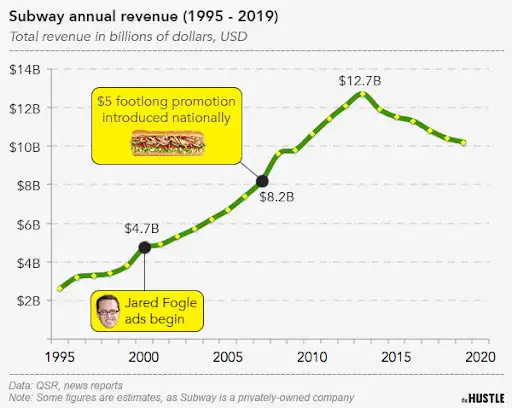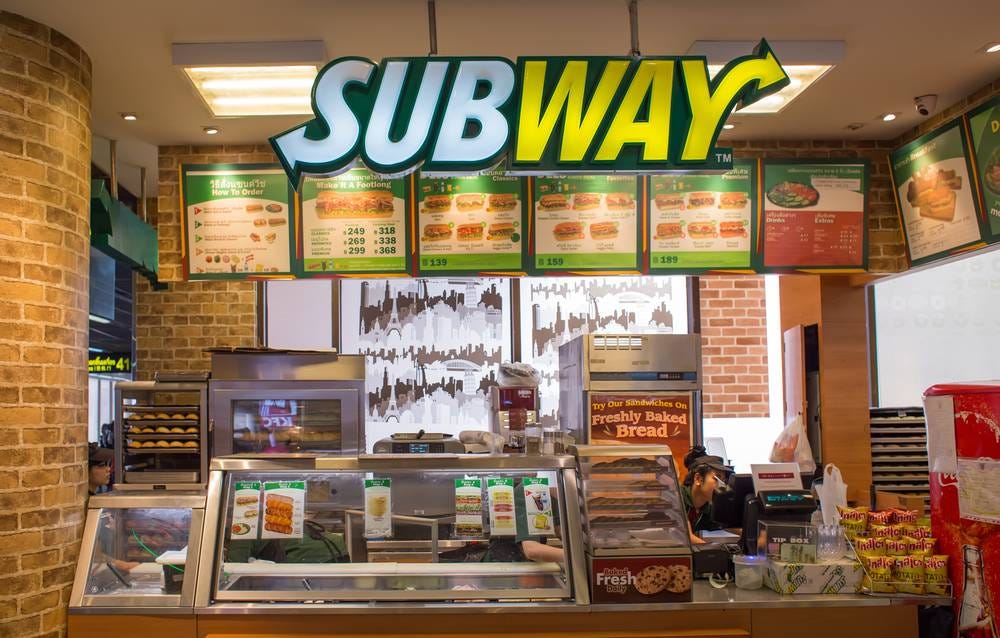Subway: A Case Study in Fast Food Dominance
Overview:
Subway, a global fast-food chain, has achieved remarkable success through its distinctive business model, brand recognition, and strategic expansion. This case study examines Subway's journey, its key strategies, and the challenges it faces.
Key Takeaways:
Healthy Positioning: Subway differentiated itself from traditional fast-food chains by positioning itself as a healthier option with customizable sandwiches.
Franchise Model: The franchise model has been instrumental in Subway's rapid expansion, allowing for local adaptation and entrepreneurial opportunities.
Brand Recognition and Marketing: Subway has built a strong brand identity through effective marketing campaigns and consistent messaging.
Challenges and Adaptations: The company has faced challenges such as changing consumer preferences, competition, and economic downturns. It has adapted by introducing new products, focusing on digital innovation, and strengthening its franchise operations.
Recommendations:
Continue to Innovate: Subway should invest in research and development to introduce new products and menu items that cater to evolving consumer tastes.
Strengthen Digital Presence: The company should enhance its digital capabilities, including online ordering, mobile apps, and social media engagement.
Prioritize Sustainability: Subway can differentiate itself by prioritizing sustainability initiatives, such as reducing waste, sourcing responsibly, and supporting local communities.
Foster Franchisee Relationships: The company should maintain strong relationships with its franchisees, providing them with support, resources, and incentives.
Conclusion:
Subway's success is a testament to its ability to adapt to changing market conditions and maintain its brand identity. By continuing to innovate, prioritize customer satisfaction, and strengthen its franchise network, Subway can sustain its position as a leading player in the fast-food industry.
A Closer Look:
Healthy Positioning: Subway differentiated itself from traditional fast-food chains by emphasizing healthy options, customizable sandwiches, and fresh ingredients. This positioning resonated with health-conscious consumers.
Franchise Model: The franchise model has been a key driver of Subway's growth. By franchising its restaurants, Subway has been able to expand rapidly while minimizing capital expenditures.
Brand Recognition and Marketing: Subway has built a strong brand identity through effective marketing campaigns, including its iconic "Eat Fresh" slogan. The company has also leveraged celebrity endorsements and sponsorships to increase brand awareness.
Challenges and Adaptations: Subway has faced challenges such as increased competition from other fast-food chains, changing consumer preferences, and economic downturns. To address these challenges, the company has introduced new products, focused on digital innovation, and strengthened its franchise operations.
The Future of Subway:
Subway's future depends on its ability to continue adapting to changing market trends and consumer preferences. By investing in innovation, maintaining its brand identity, and strengthening its franchise network, Subway can remain a competitive force in the fast-food industry.
What The Home School of Business Offers:
Business News Letters We Offer:
Business Case Study Series, Scam Series, Leadership Series, Industry Series, City Series, 5 Minute reads.Startup Tips Guide Series: Get step-by-step guidance from idea inception to IPO.
Your journey from an idea to IPO starts here!
Visit our website for all Posts: CLICK HERE
Best Regards,
The Home School of Business Team
Check out the Important Articles and References :
The Franchise Model : Click Here
Business Model canvas : Click Here
The Subway Story : Click Here
HSB Video Vault :-








